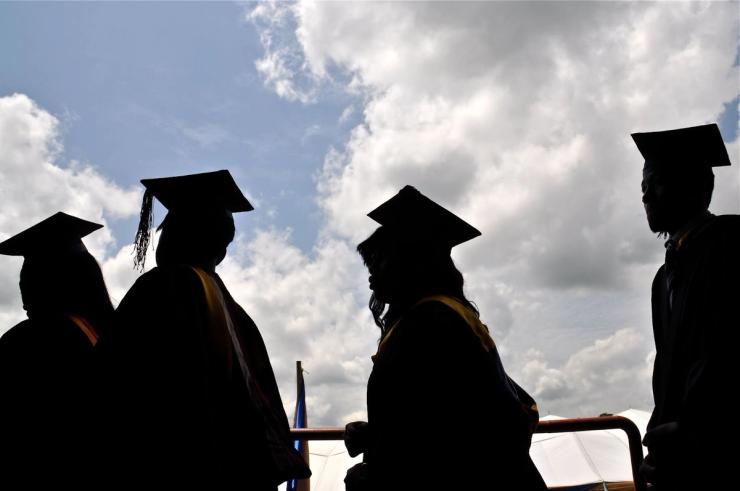The Trump administration has unleashed a flurry of restrictive measures targeting higher education and international students, putting the US at risk of losing the talent that has long fueled its innovation.
Whatever the intended policy goals, each new visa restriction or cut in research funding is perceived as American hostility toward international students. The once-golden ‘Education USA’ brand is being tarnished, as the rising tide of exclusion threatens to sink the very boats it once helped lift.
At NAFSA, the largest gathering of international education stakeholders last month in San Diego, I spoke to a number of representatives from mid-tier destination countries who were sent to the meeting to figure out how to capture some of the erstwhile US-bound talent.
This is bad news for US universities. The longer the uncertainty lasts, the more likely it is that third-party service providers, whose business models depend on tuition revenue, will double down on enabling students to finance higher education in countries where their efforts will be rewarded. Unfortunately, this means that even when the US policy environment swings back to being pro-international students, existing pipelines of talent will have new suitors. And the already competitive landscape for fee-paying international students will be even more fierce.
The good news is that this attack is not sustainable. It will soon become apparent that it is simply not possible for the US to win in the knowledge economy without international talent.
Even as higher education becomes entangled in both domestic culture wars and geopolitics, US universities must use these coming months of uncertainty to cultivate new pipelines of students, especially from under-explored countries on the African continent, in order to strengthen their resilience.
This is the time to complement the whirlwind, three-African-cities-in-three-weeks approach to recruiting with investment in long-term institutional agreements. US universities should start forging partnerships around certification and pricing with African universities to enable different models of dual- and joint-degree programs. This can be low-hanging fruit, not least because the American degree is still much sought after.
This is also the time to consider implementing satellite campuses on the African continent. With 54 countries, Africa offers a diversity that, if taken seriously, can help US universities avoid the concentration risk that has come from overreliance on students from India and China.
Think about it. In the current uncertainty, those universities with strategic partnerships across geographies will have students starting their education towards a US degree this fall, visa appointment times notwithstanding. Similarly, those universities with campuses elsewhere are less affected than their counterparts.
Restoring the halo of the American university brand will not happen overnight. There will likely be a lag before the US can reclaim its place in the imaginations of globally mobile, ambitious students. But just as universities once built their reputations as beacons of opportunity, they must now take up the challenge of rebuilding — patiently cultivating new, longer-term pipelines in untapped regions.
Only by doing this deliberate work of building new partnerships will they ensure that, when the tide finally turns, they are not left scrambling to win back students who have already found new academic homes elsewhere. Done right, this work will further expand access to international education, strengthen the resilience of the sector, and enable even more education dreams.
Lydiah Kemunto Bosire is the founder and CEO of 8B Education Investments, an education loans platform for African students attending university outside the continent.


